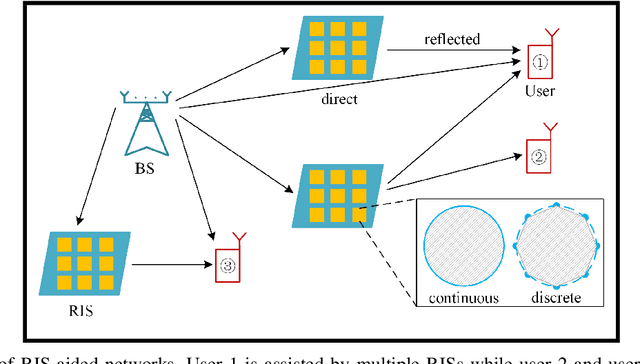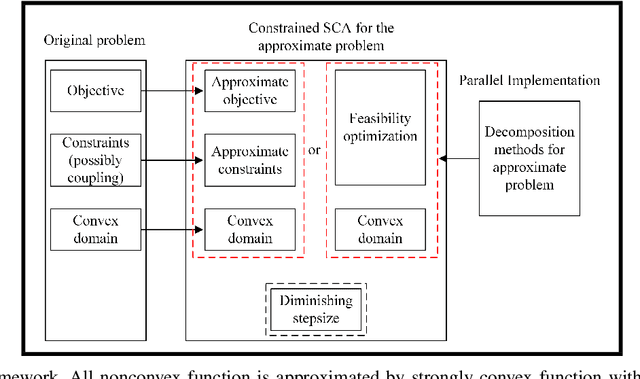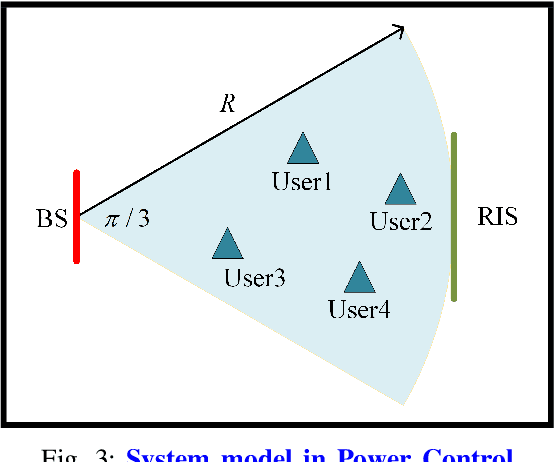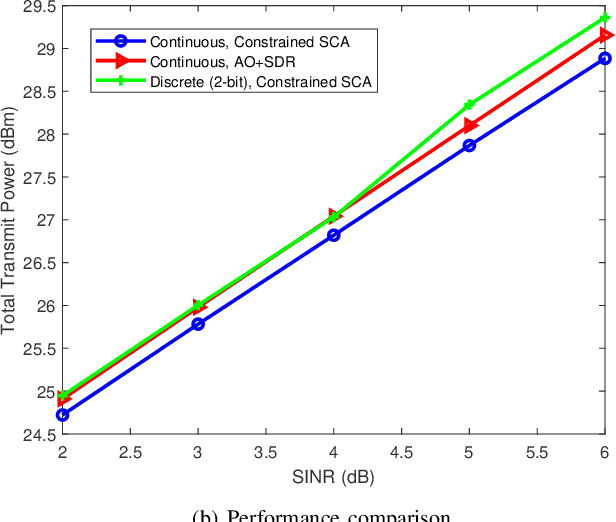Junyuan Gao
Evaluating Large Language Model with Knowledge Oriented Language Specific Simple Question Answering
May 22, 2025Abstract:We introduce KoLasSimpleQA, the first benchmark evaluating the multilingual factual ability of Large Language Models (LLMs). Inspired by existing research, we created the question set with features such as single knowledge point coverage, absolute objectivity, unique answers, and temporal stability. These questions enable efficient evaluation using the LLM-as-judge paradigm, testing both the LLMs' factual memory and self-awareness ("know what they don't know"). KoLasSimpleQA expands existing research in two key dimensions: (1) Breadth (Multilingual Coverage): It includes 9 languages, supporting global applicability evaluation. (2) Depth (Dual Domain Design): It covers both the general domain (global facts) and the language-specific domain (such as history, culture, and regional traditions) for a comprehensive assessment of multilingual capabilities. We evaluated mainstream LLMs, including traditional LLM and emerging Large Reasoning Models. Results show significant performance differences between the two domains, particularly in performance metrics, ranking, calibration, and robustness. This highlights the need for targeted evaluation and optimization in multilingual contexts. We hope KoLasSimpleQA will help the research community better identify LLM capability boundaries in multilingual contexts and provide guidance for model optimization. We will release KoLasSimpleQA at https://github.com/opendatalab/KoLasSimpleQA .
OpenHuEval: Evaluating Large Language Model on Hungarian Specifics
Mar 27, 2025Abstract:We introduce OpenHuEval, the first benchmark for LLMs focusing on the Hungarian language and specifics. OpenHuEval is constructed from a vast collection of Hungarian-specific materials sourced from multiple origins. In the construction, we incorporated the latest design principles for evaluating LLMs, such as using real user queries from the internet, emphasizing the assessment of LLMs' generative capabilities, and employing LLM-as-judge to enhance the multidimensionality and accuracy of evaluations. Ultimately, OpenHuEval encompasses eight Hungarian-specific dimensions, featuring five tasks and 3953 questions. Consequently, OpenHuEval provides the comprehensive, in-depth, and scientifically accurate assessment of LLM performance in the context of the Hungarian language and its specifics. We evaluated current mainstream LLMs, including both traditional LLMs and recently developed Large Reasoning Models. The results demonstrate the significant necessity for evaluation and model optimization tailored to the Hungarian language and specifics. We also established the framework for analyzing the thinking processes of LRMs with OpenHuEval, revealing intrinsic patterns and mechanisms of these models in non-English languages, with Hungarian serving as a representative example. We will release OpenHuEval at https://github.com/opendatalab/OpenHuEval .
Advancing Comprehensive Aesthetic Insight with Multi-Scale Text-Guided Self-Supervised Learning
Dec 16, 2024



Abstract:Image Aesthetic Assessment (IAA) is a vital and intricate task that entails analyzing and assessing an image's aesthetic values, and identifying its highlights and areas for improvement. Traditional methods of IAA often concentrate on a single aesthetic task and suffer from inadequate labeled datasets, thus impairing in-depth aesthetic comprehension. Despite efforts to overcome this challenge through the application of Multi-modal Large Language Models (MLLMs), such models remain underdeveloped for IAA purposes. To address this, we propose a comprehensive aesthetic MLLM capable of nuanced aesthetic insight. Central to our approach is an innovative multi-scale text-guided self-supervised learning technique. This technique features a multi-scale feature alignment module and capitalizes on a wealth of unlabeled data in a self-supervised manner to structurally and functionally enhance aesthetic ability. The empirical evidence indicates that accompanied with extensive instruct-tuning, our model sets new state-of-the-art benchmarks across multiple tasks, including aesthetic scoring, aesthetic commenting, and personalized image aesthetic assessment. Remarkably, it also demonstrates zero-shot learning capabilities in the emerging task of aesthetic suggesting. Furthermore, for personalized image aesthetic assessment, we harness the potential of in-context learning and showcase its inherent advantages.
Utilize the Flow before Stepping into the Same River Twice: Certainty Represented Knowledge Flow for Refusal-Aware Instruction Tuning
Oct 09, 2024



Abstract:Refusal-Aware Instruction Tuning (RAIT) enables Large Language Models (LLMs) to refuse to answer unknown questions. By modifying responses of unknown questions in the training data to refusal responses such as "I don't know", RAIT enhances the reliability of LLMs and reduces their hallucination. Generally, RAIT modifies training samples based on the correctness of the initial LLM's response. However, this crude approach can cause LLMs to excessively refuse answering questions they could have correctly answered, the problem we call over-refusal. In this paper, we explore two primary causes of over-refusal: Static conflict emerges when the RAIT data is constructed solely on correctness criteria, causing similar samples in the LLM's feature space to be assigned different labels (original vs. modified "I don't know"). Dynamic conflict occurs due to the changes of LLM's knowledge state during fine-tuning, which transforms previous unknown questions into knowns, while the training data, which is constructed based on the initial LLM, remains unchanged. These conflicts cause the trained LLM to misclassify known questions as unknown, resulting in over-refusal. To address this issue, we introduce Certainty Represented Knowledge Flow for Refusal-Aware Instructions Construction (CRaFT). CRaFT centers on two main contributions: First, we additionally incorporate response certainty to selectively filter and modify data, reducing static conflicts. Second, we implement preliminary rehearsal training to characterize changes in the LLM's knowledge state, which helps mitigate dynamic conflicts during the fine-tuning process. We conducted extensive experiments on open-ended question answering and multiple-choice question task. Experiment results show that CRaFT can improve LLM's overall performance during the RAIT process. Source code and training data will be released at Github.
Asynchronous MIMO-OFDM Massive Unsourced Random Access with Codeword Collisions
May 20, 2024



Abstract:This paper investigates asynchronous MIMO massive unsourced random access in an orthogonal frequency division multiplexing (OFDM) system over frequency-selective fading channels, with the presence of both timing and carrier frequency offsets (TO and CFO) and non-negligible codeword collisions. The proposed coding framework segregates the data into two components, namely, preamble and coding parts, with the former being tree-coded and the latter LDPC-coded. By leveraging the dual sparsity of the equivalent channel across both codeword and delay domains (CD and DD), we develop a message passing-based sparse Bayesian learning algorithm, combined with belief propagation and mean field, to iteratively estimate DD channel responses, TO, and delay profiles. Furthermore, we establish a novel graph-based algorithm to iteratively separate the superimposed channels and compensate for the phase rotations. Additionally, the proposed algorithm is applied to the flat fading scenario to estimate both TO and CFO, where the channel and offset estimation is enhanced by leveraging the geometric characteristics of the signal constellation. Simulations reveal that the proposed algorithm achieves superior performance and substantial complexity reduction in both channel and offset estimation compared to the codebook enlarging-based counterparts, and enhanced data recovery performances compared to state-of-the-art URA schemes.
VastTrack: Vast Category Visual Object Tracking
Mar 06, 2024Abstract:In this paper, we introduce a novel benchmark, dubbed VastTrack, towards facilitating the development of more general visual tracking via encompassing abundant classes and videos. VastTrack possesses several attractive properties: (1) Vast Object Category. In particular, it covers target objects from 2,115 classes, largely surpassing object categories of existing popular benchmarks (e.g., GOT-10k with 563 classes and LaSOT with 70 categories). With such vast object classes, we expect to learn more general object tracking. (2) Larger scale. Compared with current benchmarks, VastTrack offers 50,610 sequences with 4.2 million frames, which makes it to date the largest benchmark regarding the number of videos, and thus could benefit training even more powerful visual trackers in the deep learning era. (3) Rich Annotation. Besides conventional bounding box annotations, VastTrack also provides linguistic descriptions for the videos. The rich annotations of VastTrack enables development of both the vision-only and the vision-language tracking. To ensure precise annotation, all videos are manually labeled with multiple rounds of careful inspection and refinement. To understand performance of existing trackers and to provide baselines for future comparison, we extensively assess 25 representative trackers. The results, not surprisingly, show significant drops compared to those on current datasets due to lack of abundant categories and videos from diverse scenarios for training, and more efforts are required to improve general tracking. Our VastTrack and all the evaluation results will be made publicly available https://github.com/HengLan/VastTrack.
AnimalTrack: A Large-scale Benchmark for Multi-Animal Tracking in the Wild
Apr 30, 2022



Abstract:Multi-animal tracking (MAT), a multi-object tracking (MOT) problem, is crucial for animal motion and behavior analysis and has many crucial applications such as biology, ecology, animal conservation and so forth. Despite its importance, MAT is largely under-explored compared to other MOT problems such as multi-human tracking due to the scarcity of large-scale benchmark. To address this problem, we introduce AnimalTrack, a large-scale benchmark for multi-animal tracking in the wild. Specifically, AnimalTrack consists of 58 sequences from a diverse selection of 10 common animal categories. On average, each sequence comprises of 33 target objects for tracking. In order to ensure high quality, every frame in AnimalTrack is manually labeled with careful inspection and refinement. To our best knowledge, AnimalTrack is the first benchmark dedicated to multi-animal tracking. In addition, to understand how existing MOT algorithms perform on AnimalTrack and provide baselines for future comparison, we extensively evaluate 14 state-of-the-art representative trackers. The evaluation results demonstrate that, not surprisingly, most of these trackers become degenerated due to the differences between pedestrians and animals in various aspects (e.g., pose, motion, appearance, etc), and more efforts are desired to improve multi-animal tracking. We hope that AnimalTrack together with evaluation and analysis will foster further progress on multi-animal tracking. The dataset and evaluation as well as our analysis will be made available upon the acceptance.
Optimization Techniques in Reconfigurable Intelligent Surface Aided Networks
Jun 29, 2021



Abstract:Reconfigurable intelligent surface (RIS)-aided networks have been investigated for the purpose of improving the system performance. However, the introduced unit modulus phase shifts and coupling characteristic bring enormous challenges to the optimization in the RIS-aided networks. Many efforts have been made to jointly optimize phase shift vector and other parameters. This article intends to survey the latest research results about the optimization in RIS-aided networks. A taxonomy is devised to categorize the existing literatures based on optimization types, phase shift form, and decoupling methods. Furthermore, in alternating optimization framework, we introduce in detail how to exploit the aforementioned technologies flexibly. It is known that most works could not guarantee a stationary point. To overcome this problem, we propose a unified framework for the optimization problem of RIS-aided networks with continuous phase shifts to find a stationary point. Finally, key challenges are outlined to provide guidelines for the domain researchers and designers to explore more efficient optimization frameworks, and then open issues are discussed.
 Add to Chrome
Add to Chrome Add to Firefox
Add to Firefox Add to Edge
Add to Edge